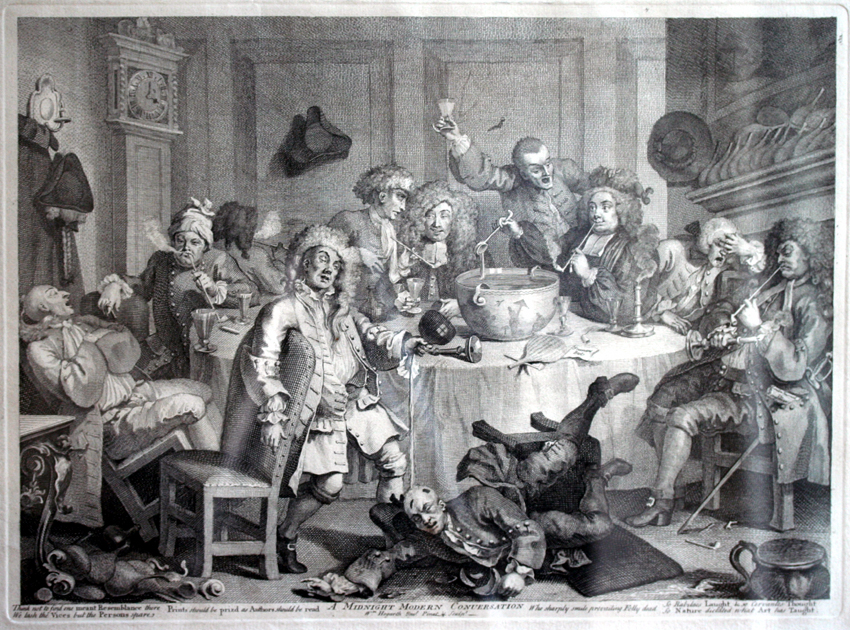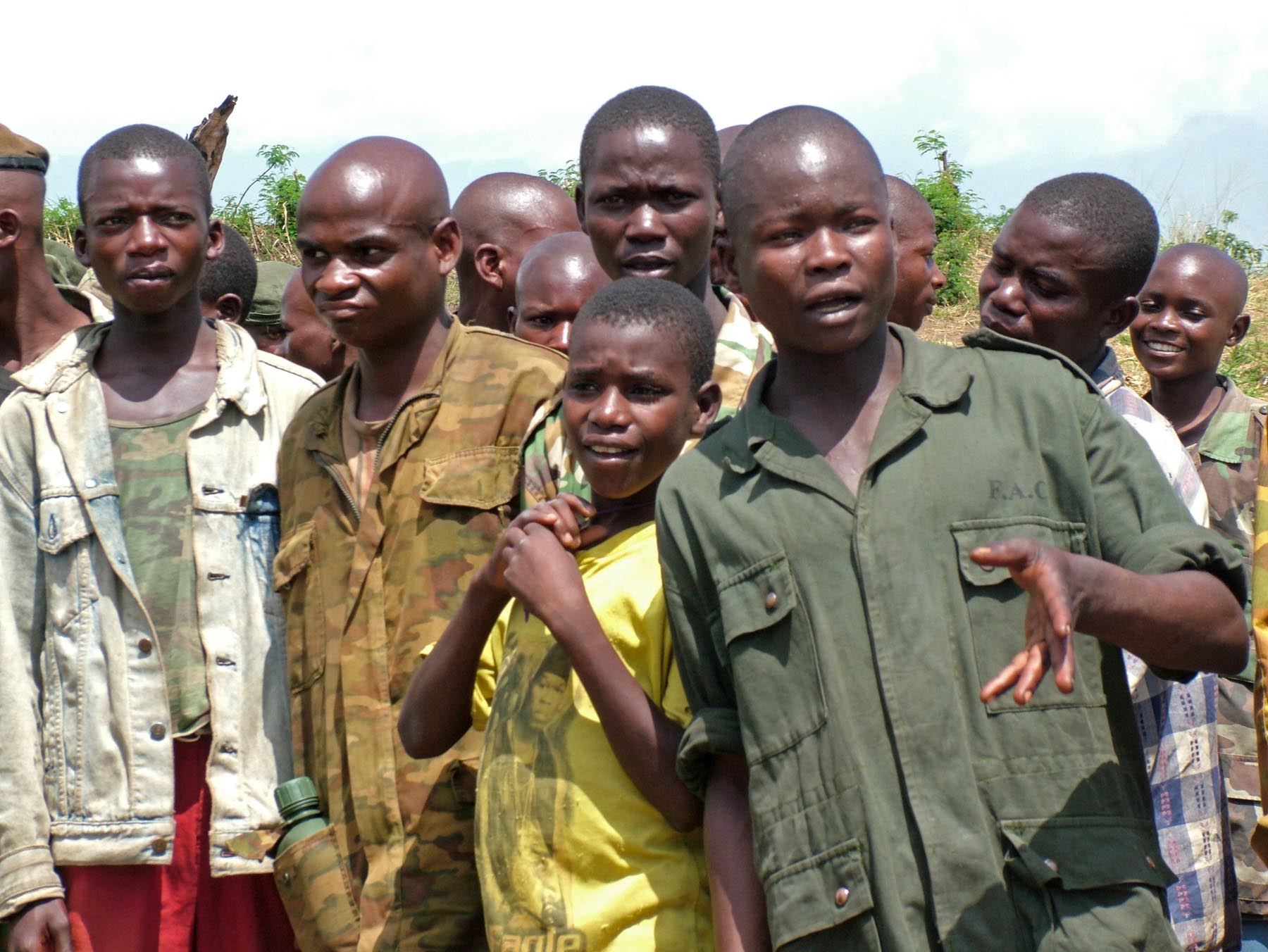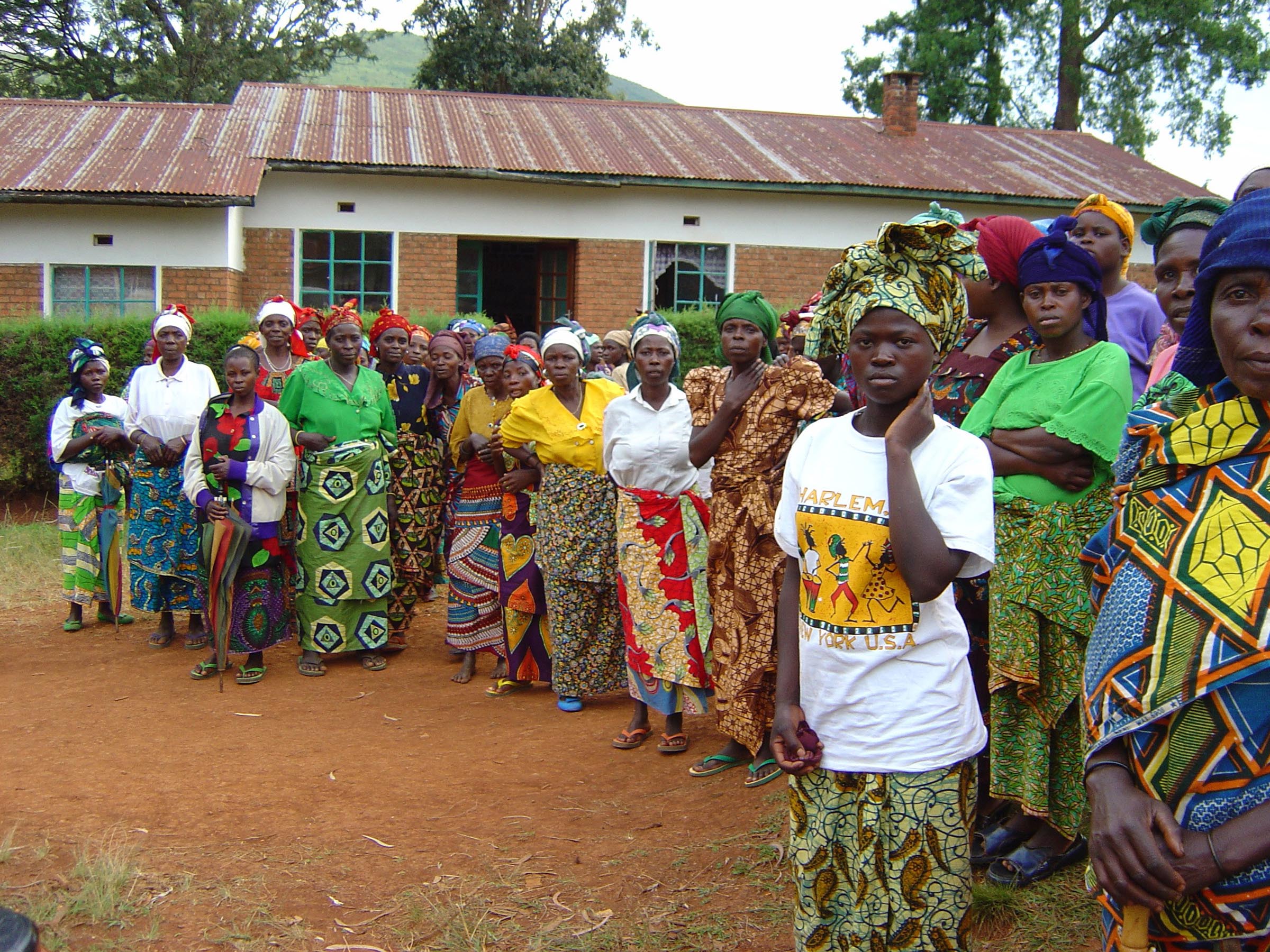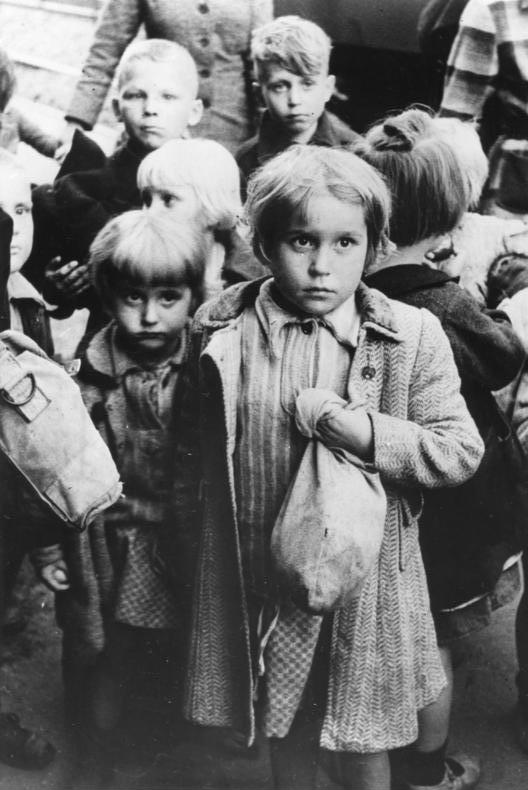.jpg) |
| Everyone take a drink (c) Dani Lurie |
So
we have marked the beginning of the end of cheap booze. According to
the BBC,
the government's stated aim is to “turn the tide” against binge
drinking, which it is hoped will lead to a reduction in problems
that the police and NHS face.
I am not going to deny that
excessive drinking can be very harmful to the drinker and to those in
the vicinity of the drinker, but I am concerned that the UK
government is dealing with a serious issue in a one-dimensional,
simplistic manner that lacks substance.
So, join me with my tin of
kolstrel as I have a look at The
Government's Alcohol Strategy (hereafter, referred to as The
Strategy). It's a very dry document, so I have another tin ready to
go. It's ok, it's only 1.7%.
Claiming that beer is
cheaper than water, the Prime Minister sees raising the minimum price
per unit of alcohol to 40p. as an opportunity to reduce crime and
increase the life expectancy of drinkers. Decent enough notions, but
what evidence is there to support this theory?
In his foreward to The
Strategy, the Prime Minister, David Cameron, discusses the scourge of
violence caused by binge drinking, and giving more powers to those
serving behind bars and pubs to stop serving those who are drunk. I
hope that this going to apply to the House of Commons bars too.
The Prime Minister says that
he wishes to get to the root cause of the problem...which apparently
is that the price of some alcohol is too low. Are cheap prices what
caused Eric
Joyce to lash out?
 |
| Prime Minister David Cameron (c) World Economic Forum/Photo by Remy Steinegger |
The Strategy introduces the
issues thus:
Over the last decade we have seen a culture grow where it has become acceptable to be excessively drunk in public and cause nuisance and harm to ourselves and others.
The majority of people who drink do so in an entirely responsible way...
There
is no such data to support the claim that public drinking has become
“acceptable”. Nor anything to suggest that the situation has
gotten worse over the last decade. The opposite in fact.
Using
Home Office figures, The
Institute of Alcohol Studies 2010 factsheet points to a
decreasing number of drunkenness offenders. There may well be several
reasons for the fall in convictions, but according to the government,
it has decreased.
As
for the second statement, what is an “entirely responsible way”
of drinking? Drinking 2/3 units every night? And who are the majority
that do this?
A
couple of weeks ago, the Office for National Statistics (ONS)
released the General
Lifestyle Survey 2010. In terms of drinking, it makes the
following key observations:
- Over half (54 per cent) of adults drank alcohol at least once a week
- Adults aged 45 and over were three times as likely as those aged under 45 to drink almost every day
- Average weekly alcohol consumption decreased from 14.3 units per adult in 2005 to 11.5 units per adult in 2010
- One in six adults drank heavily on at least one day in the week before interview
If
drinking is on the decrease, with the much maligned 16-24 year old
age group binge drinking less than they were in 2005, then surely
this has nothing to do with the price of alcohol. In terms of weekly
alcohol consumption and household socio-economic class, the ONS
report:
...Using the three-category classification, average weekly consumption in 2010 was highest, at 12.9 units, in the managerial and professional group and, at 10.5 units, was lowest among those in routine and manual worker households. This difference is particularly pronounced for women where the managerial and professional group average 9.2 units and the routine and manual group average 6.2 units a week.
Interesting.
Will a lower minimum unit price reduce the risk that this group of
people will not add to NHS costs?
Yes,
but what about the violence, I hear you ask. Well, this group may not
spend as much time out and about in the town centres, which are
frequently portrayed in the media as being full of young people
fighting, tottering, lying down etc, but whenever I go into my city
centre, I do not see this. Certainly not on every street corner as
the media and TV would have us believe.
The
Strategy claims:
A combination of irresponsibility, ignorance and poor habits – whether by individuals, parents or businesses – led to almost 1 million alcohol-related violent crimes and 1.2 million alcohol-related hospital admissions in 2010/11 alone.
Yet,
there are no definitive statistics for alcohol-related violence in
the government's
crime statistics for 2010/11. I am presuming, because it is not
clear, that this statement is based on the number of violent crimes
committed, and victims' beliefs that the perpetrator had been
drinking. There is nothing to suggest that perpetrators had been
drinking to excess.
Furthermore,
a search for the term alcohol reveals that the word appears just
once, in the non-reporting of driving under the influence of alcohol,
and the word drink appears in terms of causing death by
drink-driving. As such, the above statement lacks veracity.
Tellingly,
the strategy continues thus:
We estimate that in a community of 100,000 people, each year:
• 2,000 people will be admitted to hospital with an alcohol-related condition;
• 1,000 people will be a victim of alcohol-related violent crime;
• Over 400 11-15 year olds will be drinking weekly;The key word is estimate. They do not know. Yet, these figures are used as the justification for reducing the availability of cheap alcohol.
 |
| 19th Century painting of girl drinking and boy drinking (c) Albert Roosenboom |
Neither
the ONS figures, nor this
NHS study that found a continuing downward trend in the drinking
habits of children aged 11-15, have adequately been factored into the
research and publication of The Strategy.
Despite
allegedly being concerned about the effects of alcohol on children
aged 11-15, the government see no reason to ban alcohol advertising.
Banned in France, the government has not seen any evidence to suggest
that an outright advertising ban would help – an odd stance, given
that much of this document lacks evidence. Even odder, when a quick
google finds a study by the charity Alcohol
Concern that concludes that under-18s want more protection from
alcohol advertising.
So
who is this strategy designed for? Ostensibly, it is meant to be for
all of us, but it is particularly clear in the chapter 'Supporting
individuals to change' that raising the price of alcohol is designed
to affect the drinking habits of young people under the age of 25.
The assumption is that it is this group that drink too much, and that
it is this group that are largely responsible for violence.
But
this focus ignores another major problem. An estimated 25% of women
and 16% of men are its victims. Domestic violence.
In
their 2010 factsheet, Civitas
note “360,000 incidents of domestic
violence - a third - are linked to alcohol misuse”. These
figures were taken from the 2008/9 British Crime Survey (BCS) survey.
According to the latest BCS survey, this number has increased to
392,000, although it is worth noting that these figures fluctuate
year on year, because of the ever changing definitions of domestic
violence and the changeable methodologies used by disparate police
forces to capture this data.
Furthermore,
as the BCS notes, these figures are unlikely to be a true
representation of the problem, because many victims choose not to
report such instances because of who the perpetrators are, and what
the cultural, economic and physical consequences might be. Domestic
violence is not about the relative cheapness of alcohol, it is about
power and control. Along with other evidence, targeting young people
only in The Strategy is negligent.
The
Strategy hints at the social issues that lead to people drink
excessively. However, it does not delve deeper into the issue:
The Chief Medical Officer for England’s 2009 guidance that young people under 15 should not drink alcohol at all is based on the fact that young people who start drinking alcohol at an early age drink more frequently and more than those who start drinking later; as a result, they are more likely to develop alcohol problems in adolescence and adulthood.
Just
as it is claimed above that beer is cheaper than water, so it is said
that wine is cheaper than water in the EU. So what about children in
France and Italy who are allowed to drink wine with their meals from
a young age?
The
problem that we have in the UK appears to be cultural rather than
financial. Amongst the reasons given for drinking, people
drink to relax and to escape the day's stresses and strains,
and they
drink to fit in socially with their peers.
I am presuming that these reasons are still pertinent when
considering why people drink excessively; they feel a need to escape
and to fit in.
 |
| A midnight modern conversation (c) William Hogarth, 1765 |
Raising
the minimum price for alcohol will not address the root cause of the
problem, as the Prime Minister hopes. Those who enjoy a drink will
simply juggle their available finances to ensure that they can
continue to drink either at home, or out with friends.
The
question that the government should be attempting to resolve in their
alcohol strategy is why the British public feel the need to drink as
we do. In fact, fitting in and escaping may belie deeper rooted
problems within UK society; that we are less happy and not as
confident as we outwardly portray in this mass consumerist, x-factor
land.
Civitas
state:
- A Portman Group report concluded that ‘there is no evidence that alcohol is a major factor in crime and no general link between alcohol and crime has been found’.
- Similarly, a Home Office report also stated that ‘there is no evidence that various types of crime are actually caused by alcohol consumption’.
Violence
is a way of taking control of a person and/or of a situation. Some of
the rationality of resorting to violence may well be taken away when
people drink to excess, but it is difficult to link the two in a
simple, linear manner as the government are attempting to do in The
Strategy.
Raising
the minimum price for alcohol will not resolve the underlying issues
that makes many of us feel the need to escape and fit in, whether it
be through drink, drugs, or anything else that makes us feel like we
conform to society's norms.
Cheers.









